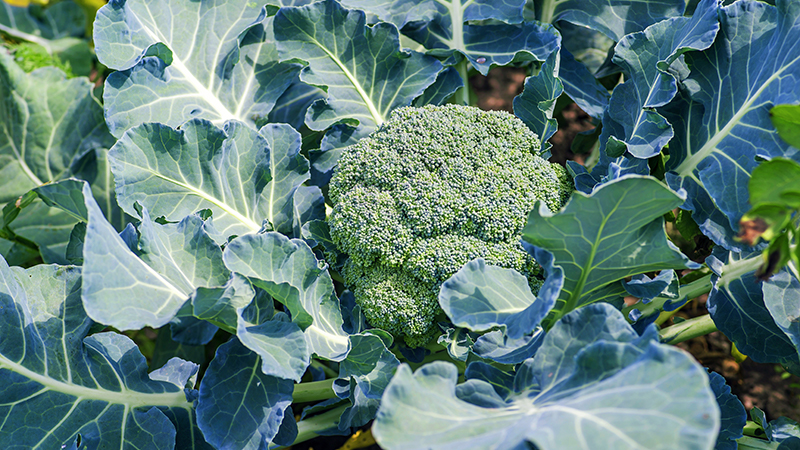Rotten Tomatoes No More

damage by stopping cell death from occurring.
Among the most common fungi in nature, A. alternata lives and multiplies on dead organic matter whenever moisture is present, and can be found on dead and old leaves in tomato fields before fruit ripens. Black mold affects ripe fruit exposed to free moisture and is usually associated with heavy dew, rain, or overhead irrigation. A tomato crop may be destroyed by black mold within four to five days following a period of rain and high humidity.
Unlike early blight, caused by Alternaria solani, and stem canker, caused by Alternaria alternata f. s. lycopersici, both of which invade leaves, stems, and green fruit, black mold is a weak pathogen that is only able to colonize weakened tissue, infecting tomatoes only after they have ripened.
Black mold symptoms vary from small, superficial, brown flecks to large, sunken, black lesions. Lesions are common on fruit wounds caused by mechanical injury or sunscald, and the disease can be very damaging to fresh market tomatoes.
Beat Black Mold
According to Joe Nunez, vegetable crops and plant pathology farm advisor for University of California Cooperative Extension, growers can prevent black mold from damaging or destroying crops in a number of ways. Late season overhead irrigation should be avoided, as this produces leaf wetness, high humidity, and wet bed surfaces, all of which favor the development of black mold. In addition, tomato fruit should be protected from sun exposure by using proper fertilization rates to produce a full canopy and by selecting varieties that produce adequate canopies, says Nunez.
Because dew formation, high humidity, and rain are difficult to predict and even more difficult to control, preventative chemical treatments may be necessary. University trials using variously timed applications have demonstrated that maximum benefits from fungicide applications can be obtained if initial treatments are made six weeks before the anticipated harvest, according to Nunez. One or two additional treatments may be required, and it’s not important which fungicide is used, as long as the initial application is done six weeks before harvest, he says. This initial application may prevent A. alternata from building up on dead or old leaves in the field. Applications as close as two weeks before harvest may not make any difference.
In addition, growers should harvest tomato crops as soon after ripening as possible to avoid the development of black mold. Tomatoes planted for late harvest are most vulnerable to severe black mold losses, says Nunez.
Tomato Research
According to plant pathologist David Gilchrist at the University of California-Davis, black mold tricks the tomato’s cells into destroying themselves in a process called apoptosis. He explains that inside every living cell are proteins that let the cell kill itself when it’s no longer useful. The black mold fungus, A. alternata, produces chemicals that trick the tomato cells into activating these suicide proteins.
Gilchrist says apoptosis plays a key role in several processes. One of them is general housekeeping: When cells get old or damaged, they need to be cleared out to make way for new ones. When the attack is small in scale, this can save the organism’s life. But if too many cells are affected, the organism can suffer severe damage. That’s what happens when tomatoes get black mold: a chemical from the mold triggers apoptosis in the tomato cells, killing them off in large numbers, according to Gilchrist. By the time it is picked, the entire tomato collapses.
In their research, Gilchrist and his colleagues have genetically engineered tomatoes to be non-responsive to chemicals from A. alternata. As a result, the apoptosis process does not occur, and the tomato stays healthy and edible.










